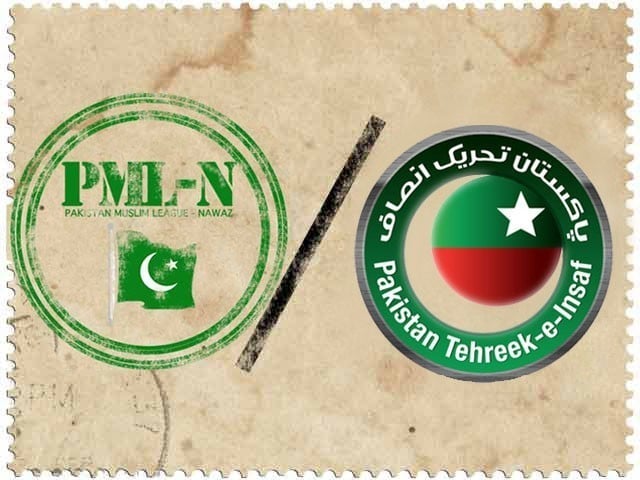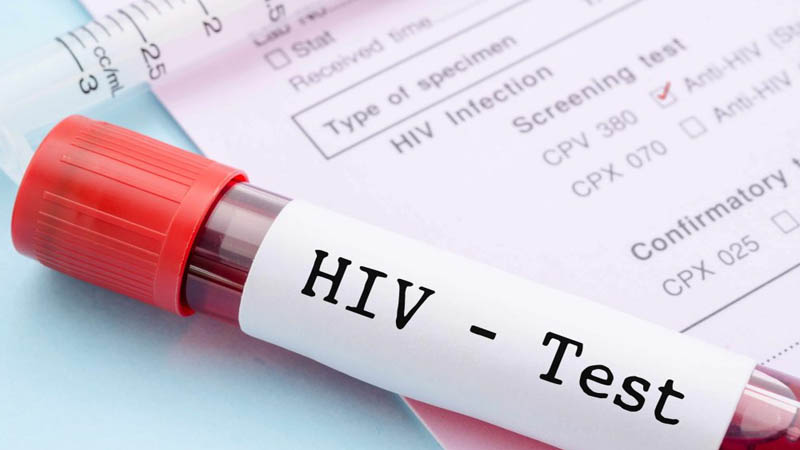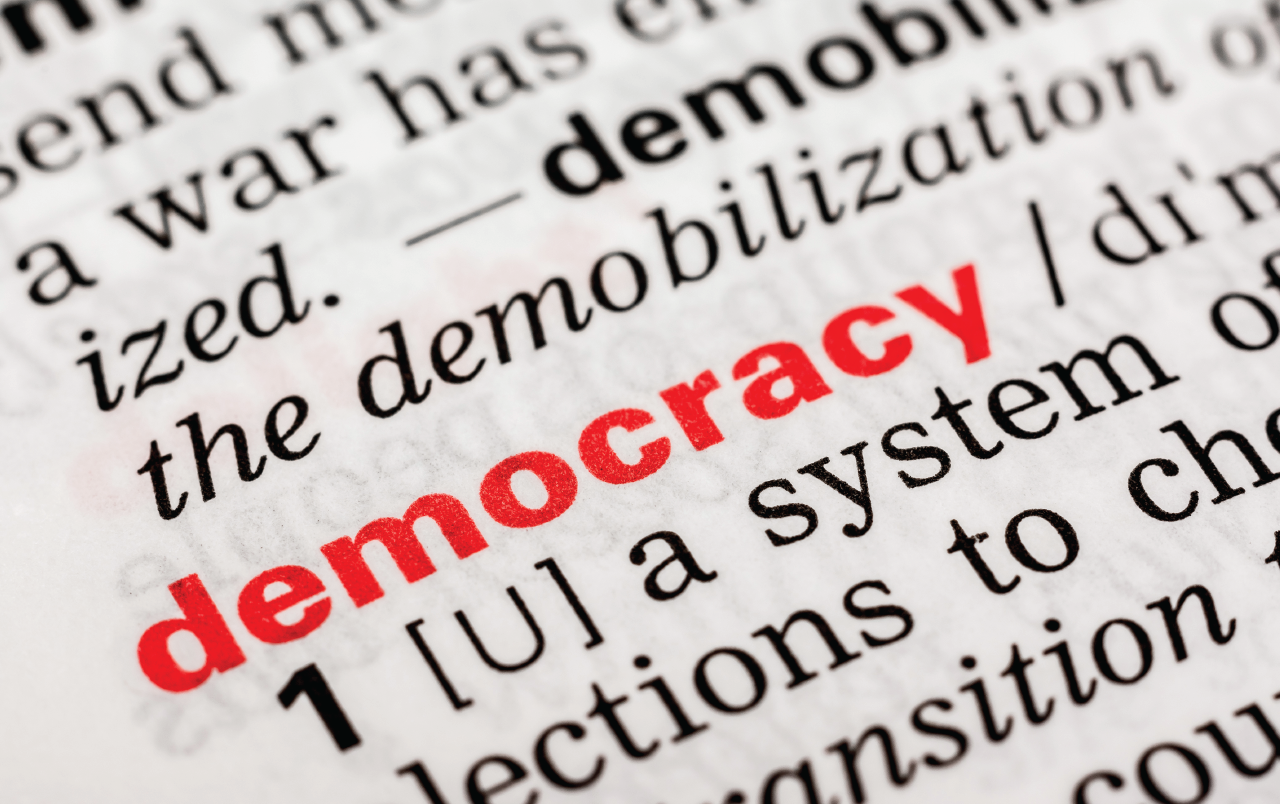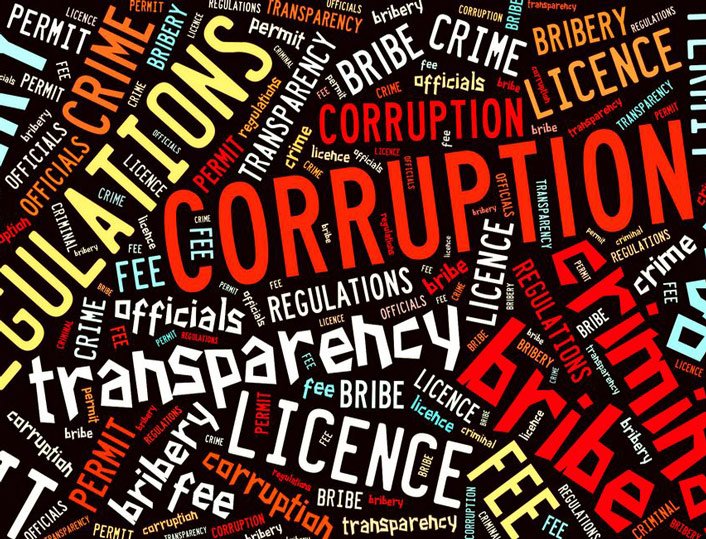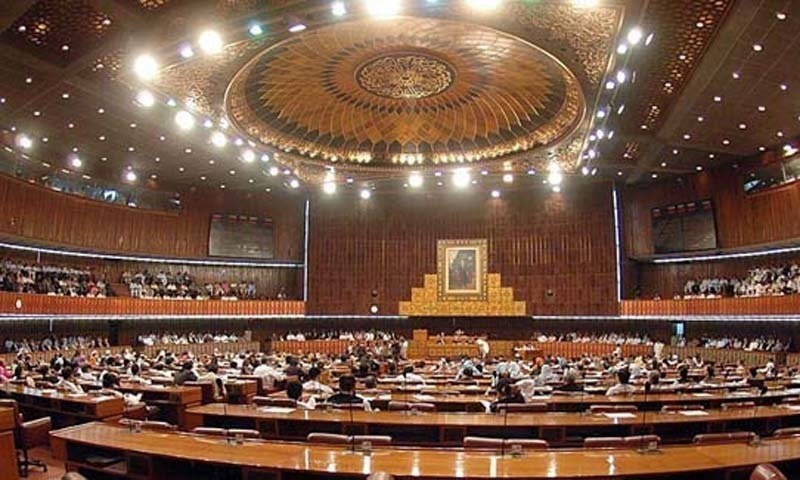Tahir Maqsood Chheena
Republic Policy Report on Provincial Contest in Sambrial Constituency
The upcoming by-election in Punjab’s PP-52 (Sialkot-IX) constituency has emerged as a crucial political battleground between the ruling Pakistan Muslim League-Nawaz (PML-N) and the opposition-backed independent candidate supported by Pakistan Tehreek-e-Insaf (PTI). Scheduled for June 1, the election follows the death of PML-N’s sitting MPA Chaudhry Arshad Javaid Warraich, a seasoned and stronger electable politician who previously held the seat multiple times with a commanding vote bank.
Historical Context and Candidate Dynamics
This constituency, comprising parts of Daska and Sambrial tehsils, including Sambrial city, has traditionally leaned towards PML-N. In the last general elections, Warraich won the seat with a decisive margin of 58,414 votes against PTI-backed Fakhir Nashat Ghumman, who secured a respectable 49,939 votes. The close margin illustrated a growing PTI presence but affirmed the PML-N’s dominance—primarily due to Warraich’s personal influence and strong organizational machinery in the region. It is pertinent to mention that 2024 elections do not allegedly paint the true picture of electorate with form 45 and 47 controversy.
In the upcoming by-poll, PML-N has fielded Hina Arshad Warraich, daughter of the late MPA. With prior experience as the chairperson of the Sialkot District Council (2016–2020), she is not a political novice and carries both emotional appeal and organizational backing. Her nomination appears strategic, aimed at maintaining the Warraich family’s legacy while consolidating voter loyalty. The warraich vote bank may be the decisive factor in determining the outcome of the constituency.
On the other side, PTI has thrown its weight behind independent candidate Fakhir Nashat Ghumman. Backed by the central leadership and local party machinery, Ghumman’s campaign has been relatively free of the state restrictions PTI candidates experienced in earlier contests. Central PTI leaders like Salman Akram Raja and Wazirabad MNA Muhammad Ahmed Chatha are actively canvassing for Ghumman, asserting that a win here would be symbolic of public support for Imran Khan’s political narrative.
Multi-Party Participation
While the contest is mainly between PML-N and the PTI-backed independent, other parties are also in the fray. The Pakistan Peoples Party (PPP) has nominated Raheel Kamran Cheema and is running an energetic campaign. Top-tier leaders, including Raja Pervez Ashraf, Qamar Zaman Kaira, and Sindh Assembly Deputy Speaker Anthony Naveed, are focusing on minority outreach, especially among Christian voters in the Sambrial area. However, despite their aggressive mobilization, PPP remains a distant third in terms of vote expectation.
Tehreek-e-Labbaik Pakistan (TLP) has fielded Muhammad Shafqat and is also campaigning actively. While TLP maintains a strong street presence, it remains unclear whether they can translate that into substantial votes in this constituency. Similarly, Pakistan Nazriyati Party’s Hassan Tauqeer Cheema and several independent candidates add diversity to the race but lack the grassroots strength to pose serious competition.
Electoral Atmosphere and Strategic Stakes
Interestingly, PTI leaders claim that the political climate this time is comparatively more conducive for their campaigning than the previous by-elections held in April 2024, when several of their candidates and workers faced harassment and arrests. Still, concerns remain regarding polling day conduct, with some leaders cautiously optimistic yet wary of possible administrative manipulation.
PML-N, aware of the high stakes, is leveraging both provincial and federal machinery in its campaign. Ministers and lawmakers from across the Gujranwala and Gujrat belts have joined ground-level mobilization, and a comprehensive training session for polling agents was recently held. The party knows this by-election holds symbolic and strategic value—especially as the ruling coalition faces criticism on economic performance and inflation.
For PTI, the election represents a critical test of its grassroots strength, particularly in Punjab, which has traditionally been its main battleground post-2018. However, PTI’s challenge lies in mobilizing the popular vote, as by-elections tend to favor parties with stronger organizational structures rather than mass appeal. Moreover, the absence of PTI’s top leadership from direct participation in the field campaign might impact voter turnout.
Ground Realities and Public Sentiment
In Sambrial town and adjoining union councils, the PML-N appears to hold an organizational advantage, partly due to its deep roots in local governance. Hina Warraich’s campaign is tapping into both her late father’s vote bank and the party’s administrative leverage. Anecdotal feedback from local sources suggests that voter sentiments are split: some see continuity with the Warraich name as a safe bet, while others express silent support for PTI in response to what they perceive as political victimization of Imran Khan and his party.
PPP is using the by-election to re-establish its relevance in central Punjab, though realistically it remains a spoiler at best. A strong PPP showing, however, could split the anti-incumbency vote, potentially helping PML-N.
Who’s the Favorite?
Given the existing dynamics, PML-N remains the favorite to retain PP-52. Their candidate has legacy support, party organization, and state resources on her side. However, the PTI-backed Fakhir Ghumman is no pushover. A surge in popular vote, especially among the youth and disillusioned voters, could swing the result.
Ultimately, this contest will be a test of voter mobilization. If PTI succeeds in turning out its base despite organizational limitations, it may pose a serious threat to PML-N. Conversely, low voter turnout—a common trend in by-elections—would likely benefit the incumbent party.
Final Outlook
The PP-52 by-election is more than a local contest—it is a bellwether for Punjab’s evolving political landscape. For PML-N, a win would reaffirm its grassroots control amid federal power. For PTI, even a strong showing would provide political momentum, if not a seat win. And for the PPP, this is a litmus test for its revival strategy.
As campaigning ends tonight, all eyes are now on June 1—a day that could subtly but significantly reshape Punjab’s political narrative.



